Pipe relining is a modern and innovative solution that offers significant advantages in repairing damaged pipes compared to traditional methods like pipe replacement. It is a trenchless technique that involves repairing and restoring existing pipes without the need for extensive excavation, minimising disruption to the property and reducing costs. As homeowners and property owners face the challenge of deteriorating and ageing plumbing systems, understanding the cost implications of pipe relining becomes crucial.
This blog aims to explore the factors that influence the cost of pipe relining and provide homeowners with a comprehensive understanding of the expenses associated with this repair method. By delving into various aspects such as pipe size, material, the extent of damage, accessibility, professional expertise, and additional services required, we aim to help homeowners make informed decisions and plan their budgets effectively.
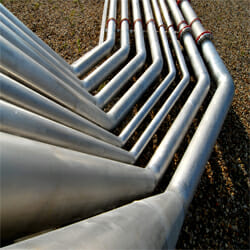
The extent of damage and complexity of the pipe issues also impact the cost. Pipes with minor cracks or leaks may require less preparation and can be more easily restored through relining, resulting in a lower price. However, pipes with severe damage or significant deterioration may require additional repairs or preparations before the relining process begins, leading to higher expenses. The accessibility of the pipes and the presence of obstructions are other cost-determining factors. Pipes located in hard-to-reach areas or obstructed by obstacles may require additional work to create access points or clear obstructions, which can increase labour costs.
Additionally, the level of professional expertise required and the associated labour costs should be taken into account. Skilled plumbers with expertise in pipe relining may charge higher labour costs, but their expertise ensures proper assessment and installation, resulting in a successful and durable pipe relining project.
Understanding the cost of pipe relining and the various factors influencing it allows homeowners to plan their budgets effectively and make informed decisions. By choosing the right professionals and considering financing options, homeowners can experience the long-term benefits of pipe relining while minimising the financial impact.
The Basics of Pipe Relining
Pipe relining is a trenchless method that involves the repair and restoration of existing pipes without the need for extensive excavation or pipe replacement. It begins with a thorough inspection of the pipes using specialised cameras to identify the extent of damage and determine the suitability of the pipes for relining. The damaged pipes are then cleaned and prepared for the relining process. A liner, typically made of epoxy resin, is inserted into the pipes and inflated to adhere to the inner walls, creating a new seamless pipe within the existing one. The liner is cured, resulting in a durable and long-lasting solution. Pipe relining offers several benefits, including cost savings, minimal disruption to the property, and improved pipe performance. Understanding the basics of pipe relining is essential before assessing its cost implications.
Determining the Size and Length of Pipes
The size and length of the pipes to be relined are important factors in determining the overall cost. Larger pipes require more materials for relining, which can increase the expense. Similarly, longer pipes involve more work and time for installation, contributing to higher labour costs. Plumbers will assess the size and length of the pipes during the initial inspection to provide an accurate cost estimate. It is important to note that pipe relining is a versatile method suitable for various pipe sizes and lengths, offering a cost-effective solution for both small and large-scale projects. By providing accurate information about the size and length of the pipes, homeowners can obtain more precise cost estimates and budget accordingly for their pipe relining project.
Material of the Existing Pipes
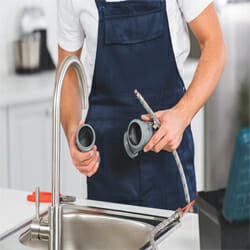
Extent Of Damage And Complexity
The extent of damage and complexity of the pipe issues directly impact the cost of pipe relining. Pipes with minor cracks, leaks, or root intrusions may require less extensive preparation and can be more easily restored through relining, resulting in a lower cost. However, pipes with severe damage, collapsed sections, or significant deterioration may require additional repairs or preparations, such as clearing blockages or fixing structural issues before the relining process can begin. The complexity of the plumbing system, such as the number of bends, junctions, or connections, can also influence the cost. Complex systems may require more labour and materials to ensure proper relining and functionality. A thorough inspection by a professional plumber will help determine the extent of damage and complexity of the project, allowing for accurate cost estimates.
Access Points and Obstructions
The accessibility of the pipes and the presence of obstructions can affect the cost of pipe relining. Access points are essential for inserting the liner and performing the relining process. If the pipes are located in areas that are difficult to access, such as under a building or in tight spaces, additional work may be required to create access points or manoeuvre the equipment. This can increase labour costs and overall project expenses. Similarly, the presence of obstructions, such as tree roots or debris, may require additional cleaning or removal before the relining process can take place. It is important to consider the accessibility and potential obstructions when estimating the cost of pipe relining to ensure accurate budgeting and planning for the project.
Location and Accessibility of Pipes
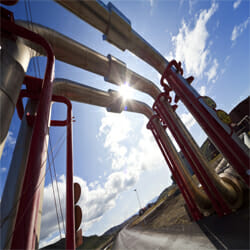
Professional Expertise and Labor Costs
The level of professional expertise required and the associated labour costs are significant factors in the cost of pipe relining. Pipe relining is a specialised technique that requires skilled plumbers with knowledge and experience in trenchless technology. The expertise of the professionals ensures proper assessment of the pipes, accurate installation of the liner, and overall quality of workmanship. Highly trained and experienced plumbers may charge higher labour costs, but their expertise can lead to a successful and long-lasting pipe relining project. It is essential to choose reputable and qualified plumbing professionals who have a track record of performing pipe relining to ensure the best results. While labour costs may be a contributing factor to the overall expense, investing in professional expertise will ultimately provide peace of mind and reliable plumbing system performance.
Related Articles:
Cost Comparison With Pipe Replacement
When considering the cost of pipe relining, it is important to compare it with the cost of pipe replacement. Pipe relining often proves to be a more cost-effective solution compared to traditional pipe replacement methods. Pipe replacement involves extensive excavation, removal of the existing pipes, and installation of new pipes, which can be time-consuming and expensive. In contrast, pipe relining eliminates the need for excavation and saves on labour costs associated with pipe removal and installation. While the upfront cost of pipe relining may be higher than that of pipe replacement, the long-term savings, reduced property disruption, and improved pipe performance make it a cost-effective choice. Consulting with plumbing professionals and obtaining detailed cost estimates for both options will help homeowners make an informed decision based on their specific needs and budget constraints.
Additional Services and Repairs
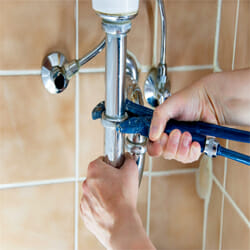
Warranty and Guarantee Coverage
The warranty and guarantee coverage provided by the pipe relining company should be considered when assessing the cost. Reputable pipe relining companies often offer warranties on their workmanship and the durability of the relined pipes. These warranties provide assurance that the relined pipes are of high quality and will perform as expected. It is important to review the terms and conditions of the warranty to understand the coverage and duration. A longer warranty period may contribute to a higher cost initially but can provide peace of mind and protection against potential issues or defects in the future. Comparing the warranty coverage offered by different companies will help homeowners make an informed decision and choose a reliable and trustworthy service provider.
Potential Hidden Costs
When estimating the cost of pipe relining, it’s crucial to consider potential hidden costs that may arise during the project. Hidden costs can include unforeseen repairs, additional materials, or unexpected complications that may arise during the relining process. For instance, if the initial inspection does not fully reveal the extent of damage or blockages, additional work may be required, leading to increased costs. It is important to discuss potential hidden costs with the plumbing professionals and obtain a detailed cost breakdown to understand any potential contingencies. By budgeting for possible hidden costs, homeowners can avoid financial surprises and ensure they have sufficient funds to complete the pipe relining project successfully.
Obtaining Multiple Quotes
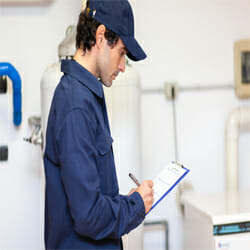
Financing Options and Payment Plans
For homeowners concerned about the upfront cost of pipe relining, exploring financing options and payment plans can help make the project more affordable. Some plumbing companies may offer financing options or payment plans that allow homeowners to spread the cost of the project over time. This can help alleviate the financial burden and make pipe relining more accessible. Before finalising a financing agreement, it is important to carefully review the terms and conditions, including interest rates, repayment terms, and any associated fees. By considering financing options, homeowners can proceed with their pipe relining project without compromising their financial stability.
Insurance Coverage For Pipe Relining
When assessing the cost of pipe relining, homeowners should review their insurance coverage to determine if it includes pipe relining expenses. While not all insurance policies cover pipe relining, some providers offer coverage for certain situations, such as pipe damage caused by tree roots or accidents. Reviewing the insurance policy and consulting with the provider will help homeowners understand the extent of coverage and any applicable deductibles or limitations. If insurance coverage is available, it can significantly reduce the out-of-pocket expenses for the pipe relining project. It is important to submit the necessary documentation, including cost estimates and reports from professional plumbers, to the insurance company for proper evaluation and approval of the claim.
DIY vs Professional Pipe Relining
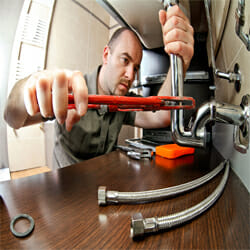
Additionally, DIY pipe relining may not come with warranty coverage or a guarantee of workmanship. By choosing professional pipe relining services, homeowners benefit from the expertise of trained plumbers, quality materials, and the assurance of warranties, providing peace of mind and long-term cost savings. It is advisable to consult with professional plumbers to assess the feasibility of a DIY approach and understand the potential risks involved.
Also Read: Pipe Relining vs Pipe Replacement
Return On Investment: Long-Term Cost Savings
One crucial aspect to consider when evaluating the cost of pipe relining is the long-term return on investment. While the upfront cost of pipe relining may be higher than traditional pipe replacement methods, it offers substantial cost savings over time.
Pipe relining provides a durable and long-lasting solution, extending the lifespan of the plumbing system. Repairing and strengthening the existing pipes minimises the risk of future leaks, cracks, or blockages, reducing the need for frequent repairs or replacements. This translates into significant cost savings on maintenance and repairs in the long run.
Furthermore, the improved performance and functionality of the relined pipes contribute to reduced water waste and energy consumption. By eliminating leaks and improving flow efficiency, homeowners can experience lower water bills and energy costs, resulting in additional savings over time.
It is important to consider the long-term benefits and cost savings when evaluating the cost of pipe relining. While the initial investment may be higher, the return on investment in terms of reduced maintenance, improved efficiency, and lower utility bills make it a financially wise decision in the long term. Homeowners should view pipe relining as a strategic investment that not only resolves immediate pipe issues but also provides lasting value and cost-effectiveness for years to come.
Conclusion
Pipe relining offers a cost-effective and efficient solution for repairing damaged or deteriorating pipes. The cost of pipe relining varies based on several factors, including the size and length of the pipes, the material of the existing pipes, the extent of damage, accessibility, professional expertise, and additional services required. Homeowners should consider these factors when estimating the cost of their pipe relining project.
Pipe relining offers a cost-effective and efficient solution for repairing damaged pipes, as it eliminates the need for extensive excavation and pipe replacement. While pipe relining may have a higher upfront cost compared to traditional pipe replacement, it offers long-term savings by eliminating the need for extensive excavation and restoring the functionality of the existing pipes. It also reduces the disruption to the property and saves time.
Obtaining multiple quotes from reputable plumbing companies is essential to get an accurate cost estimate and ensure fair pricing. Additionally, it’s important to inquire about warranty and guarantee coverage, as well as any hidden costs that may arise during the process.
Before embarking on a pipe relining project, homeowners should also explore financing options and check if their insurance covers pipe relining expenses. In conclusion, pipe relining provides an efficient and cost-effective solution for repairing damaged pipes. By considering the various factors that influence the cost, homeowners can make informed decisions and ensure the longevity and functionality of their plumbing systems. Consulting with professional plumbers and obtaining detailed quotes will help homeowners budget effectively and achieve successful pipe relining projects.

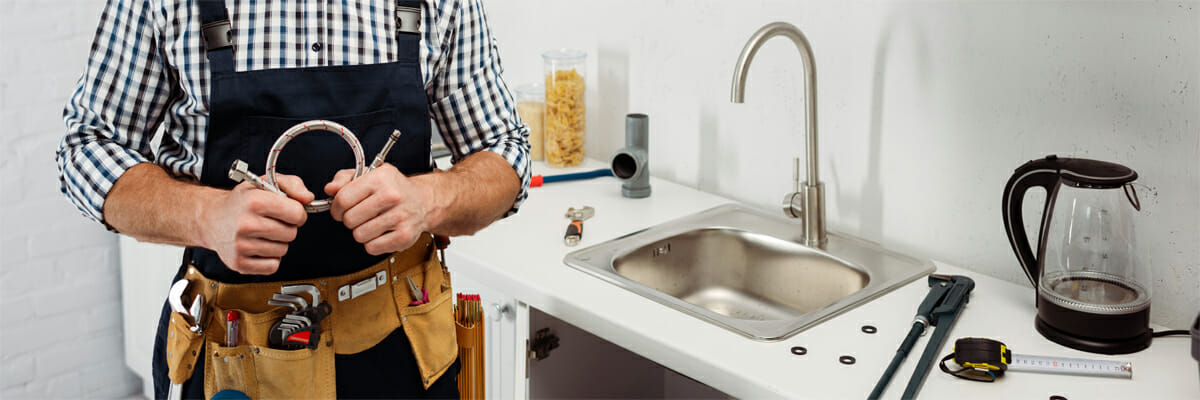
 Enquire
Enquire